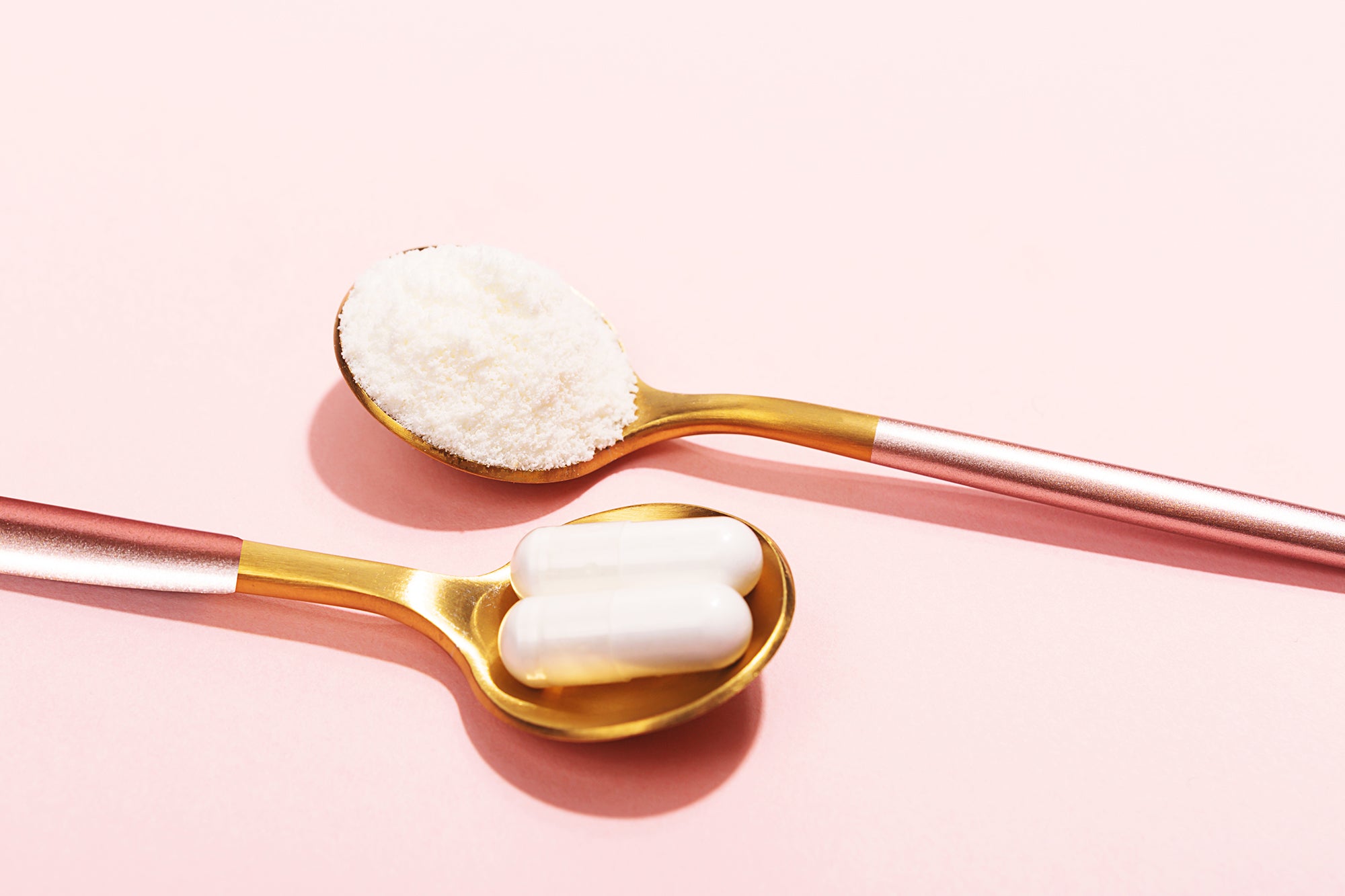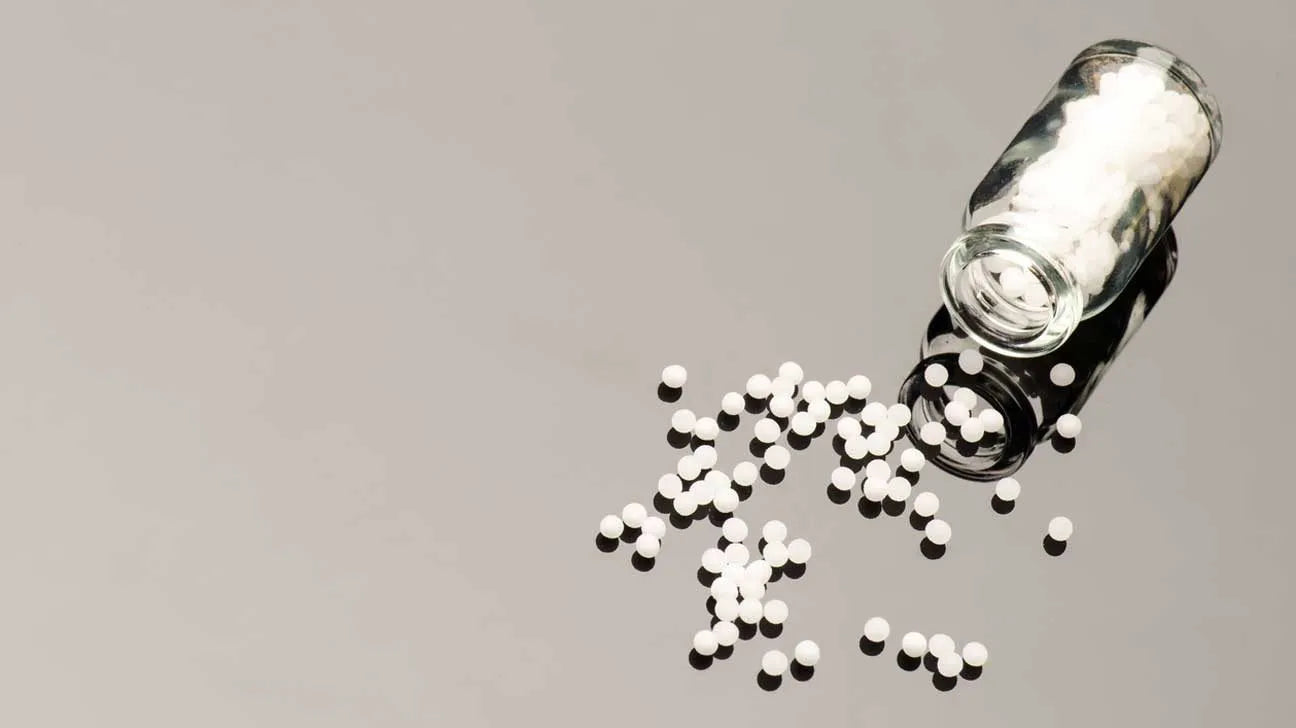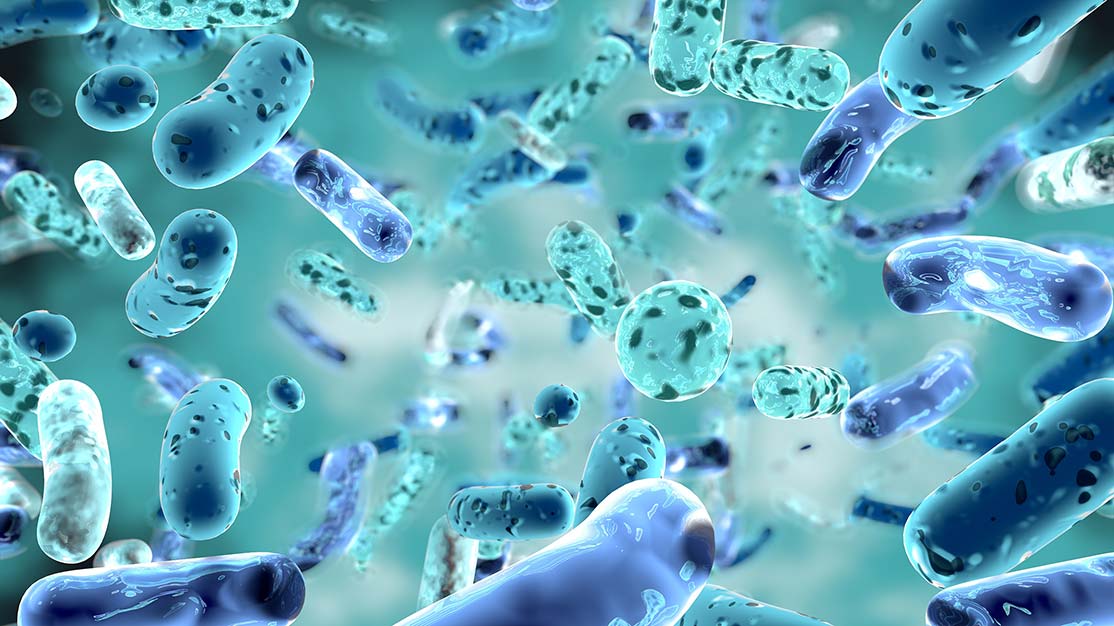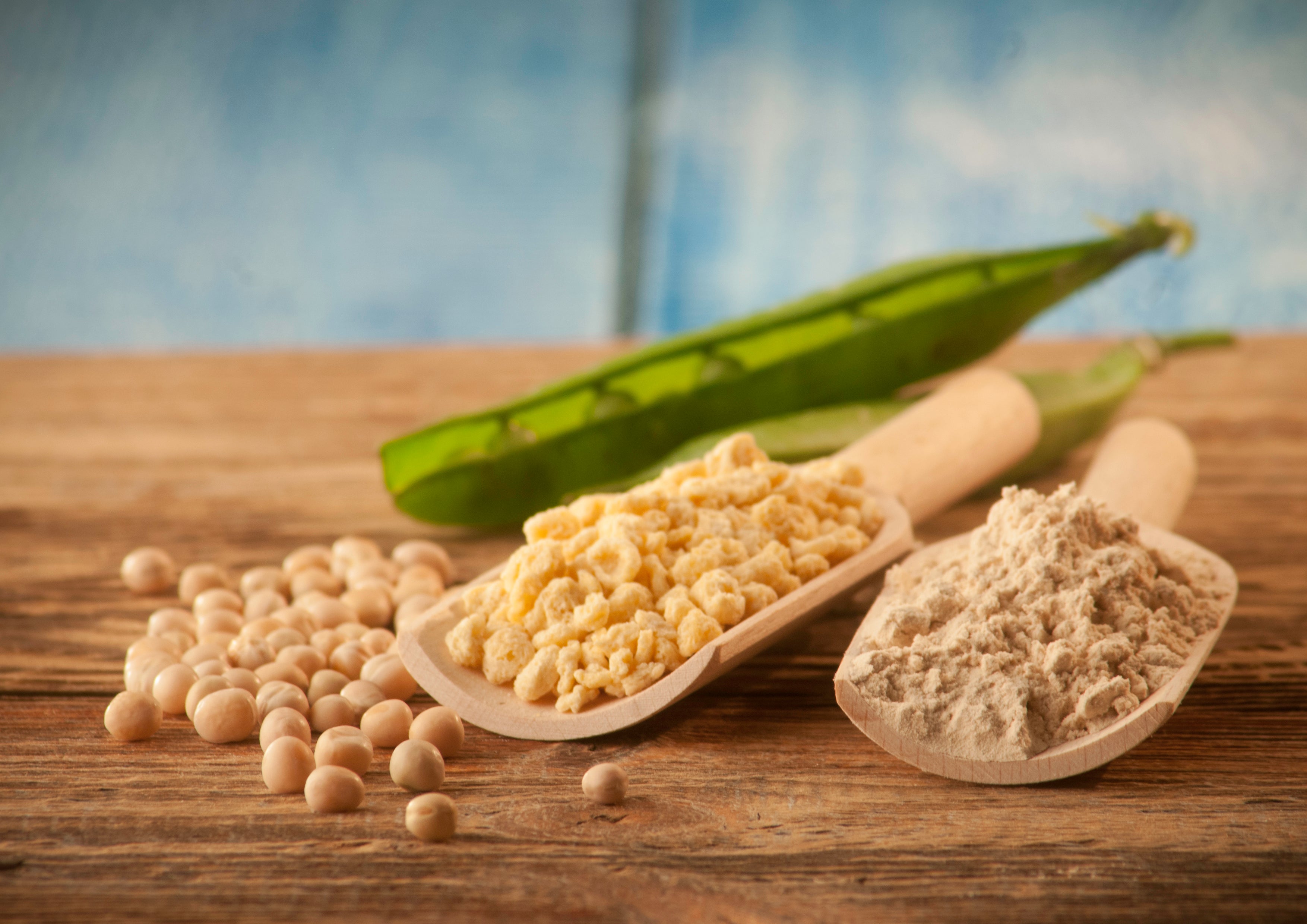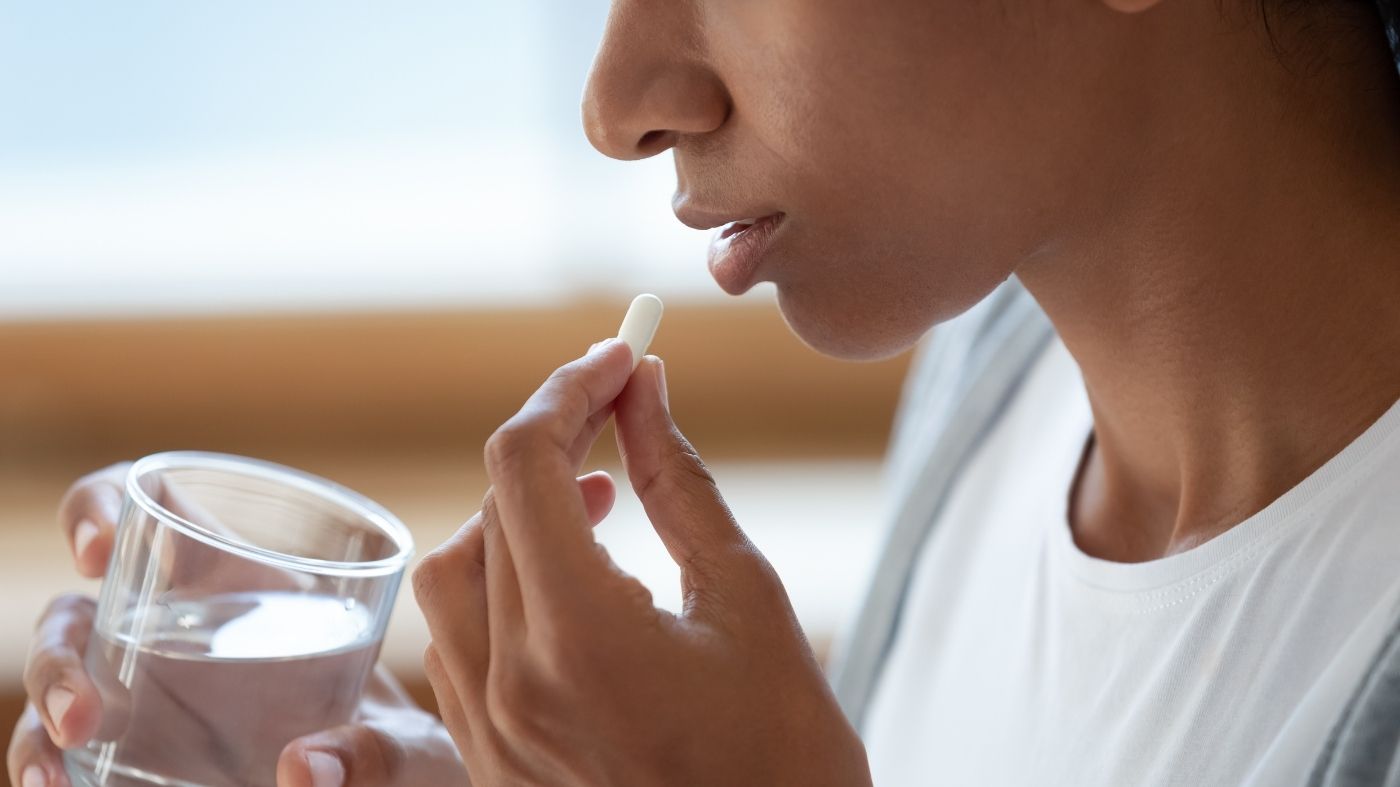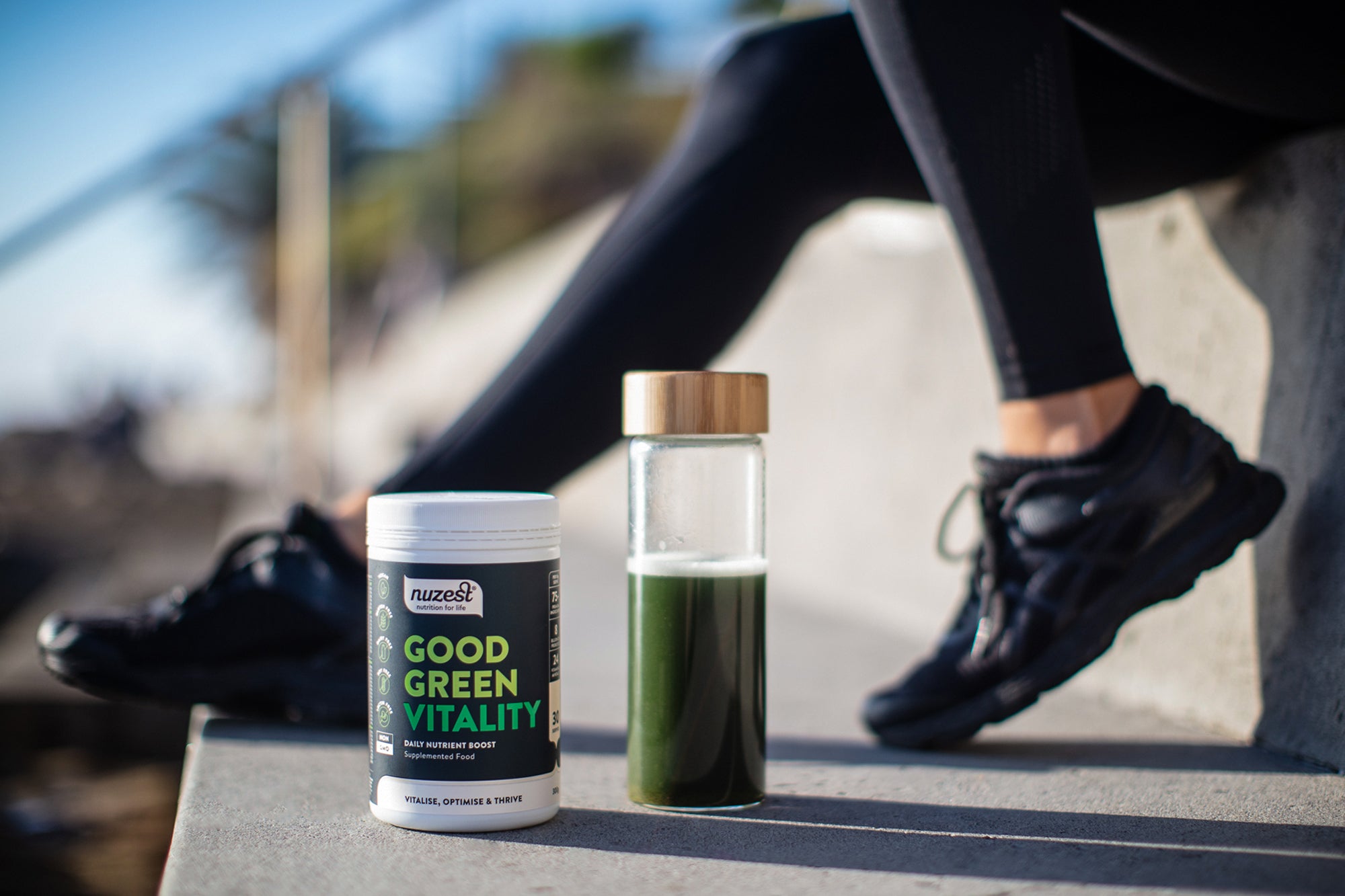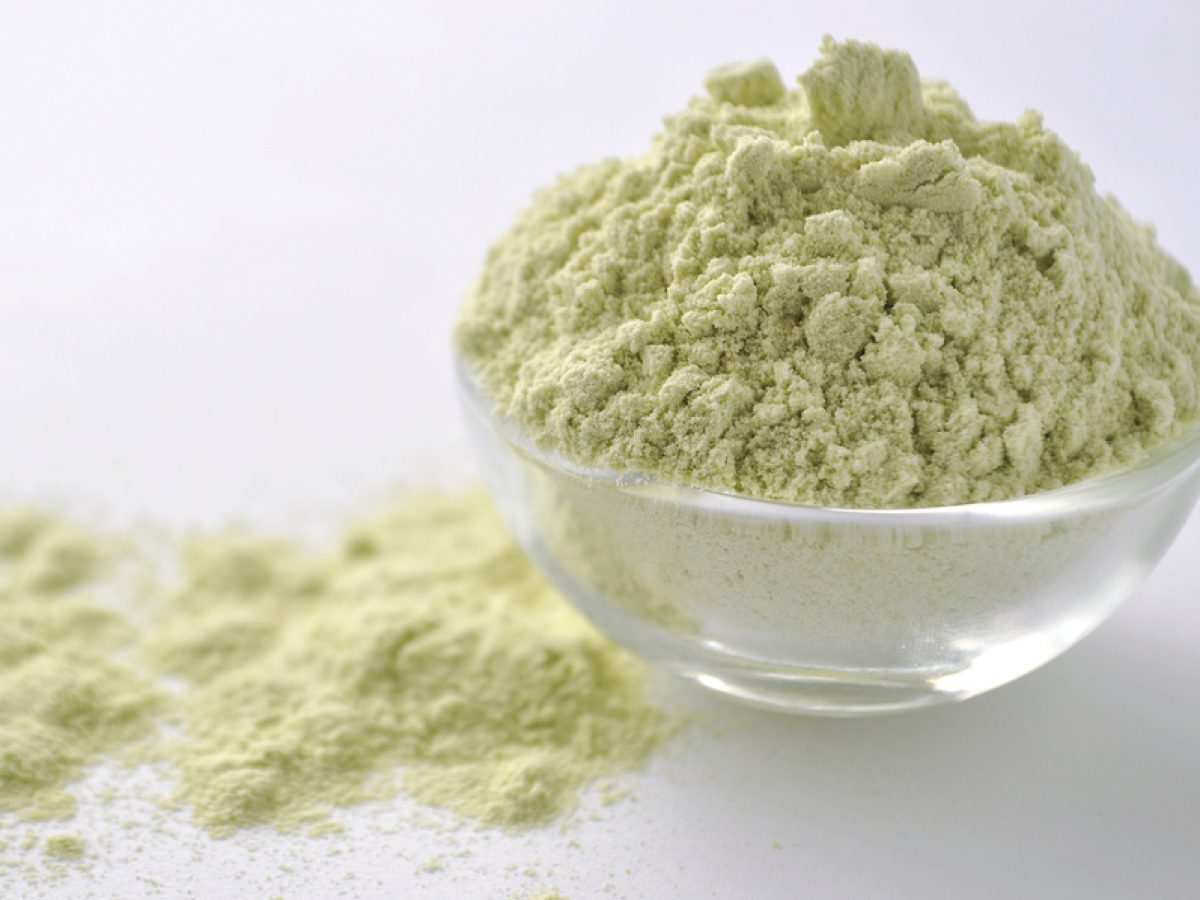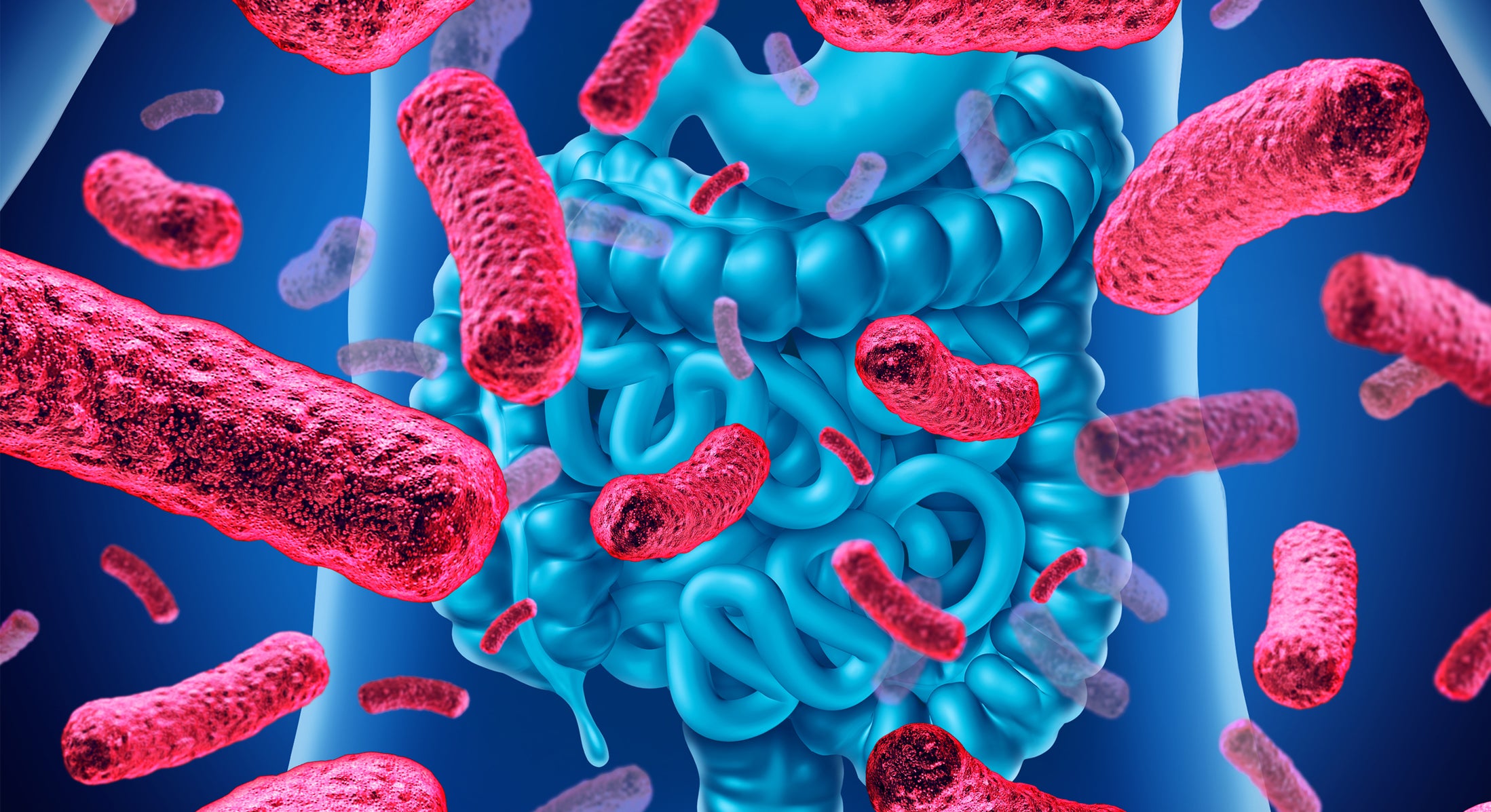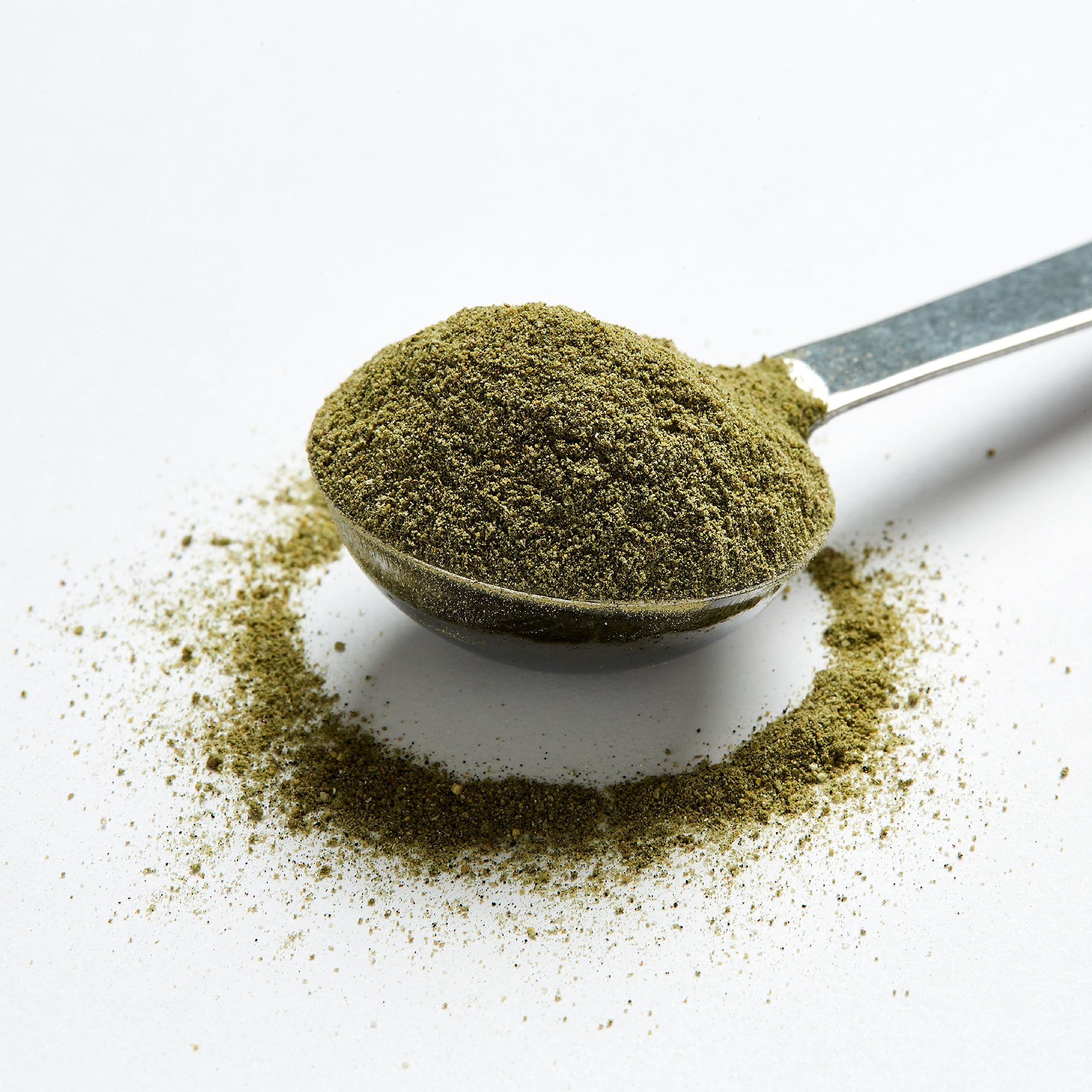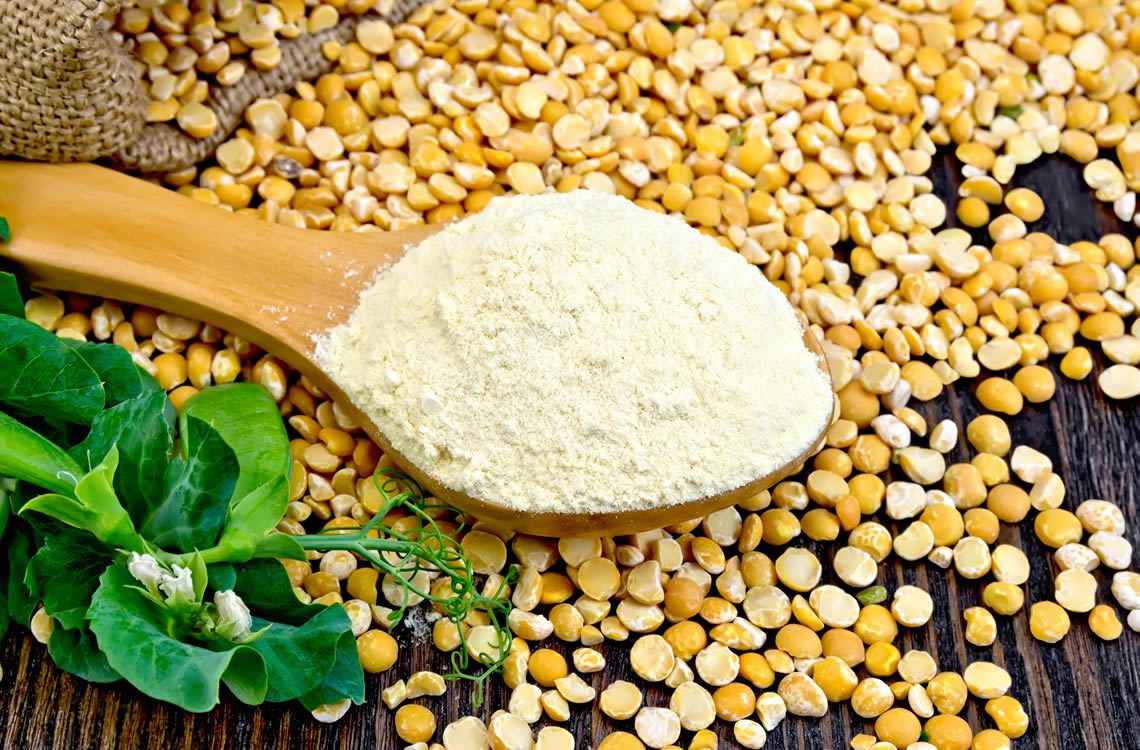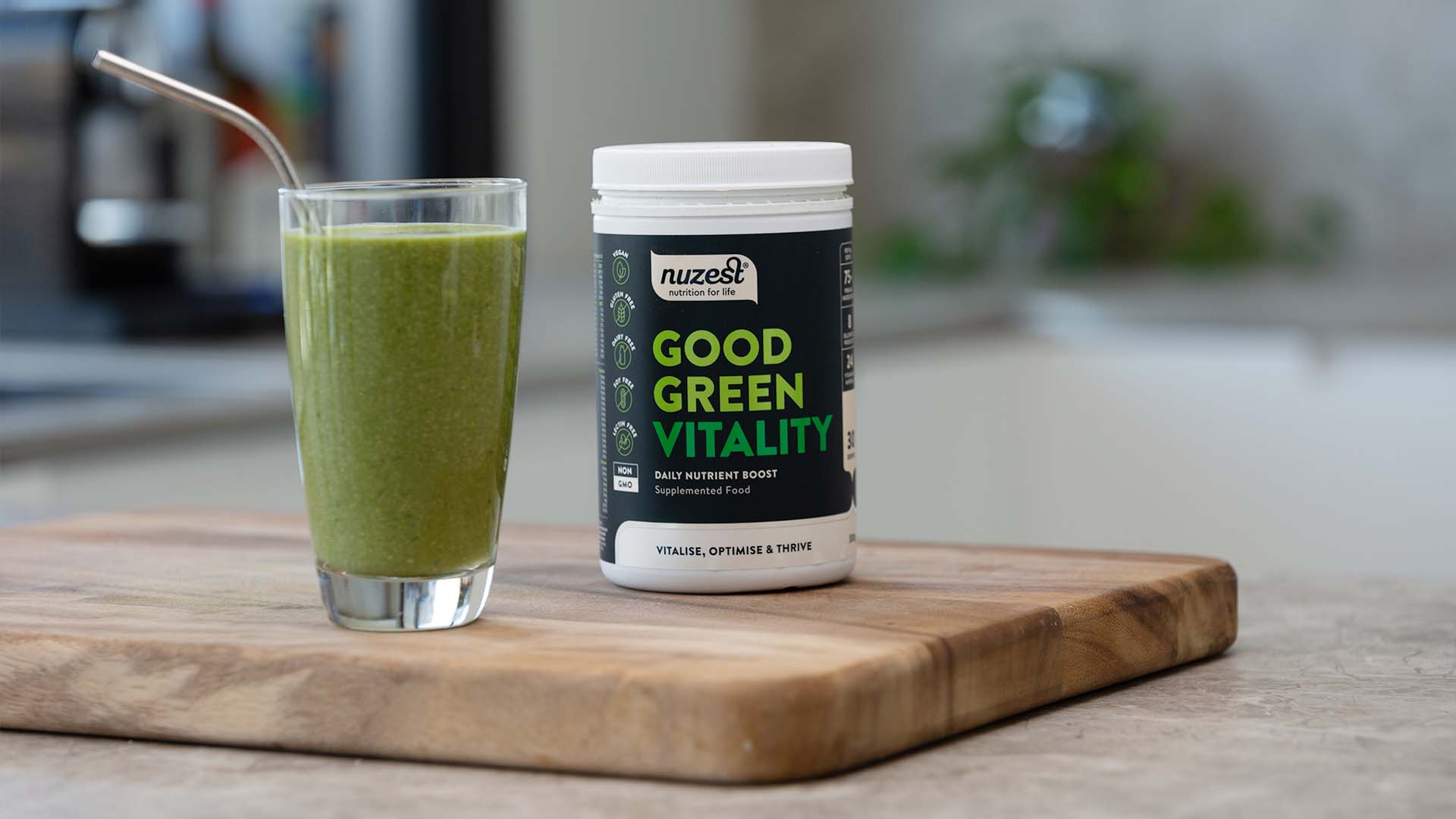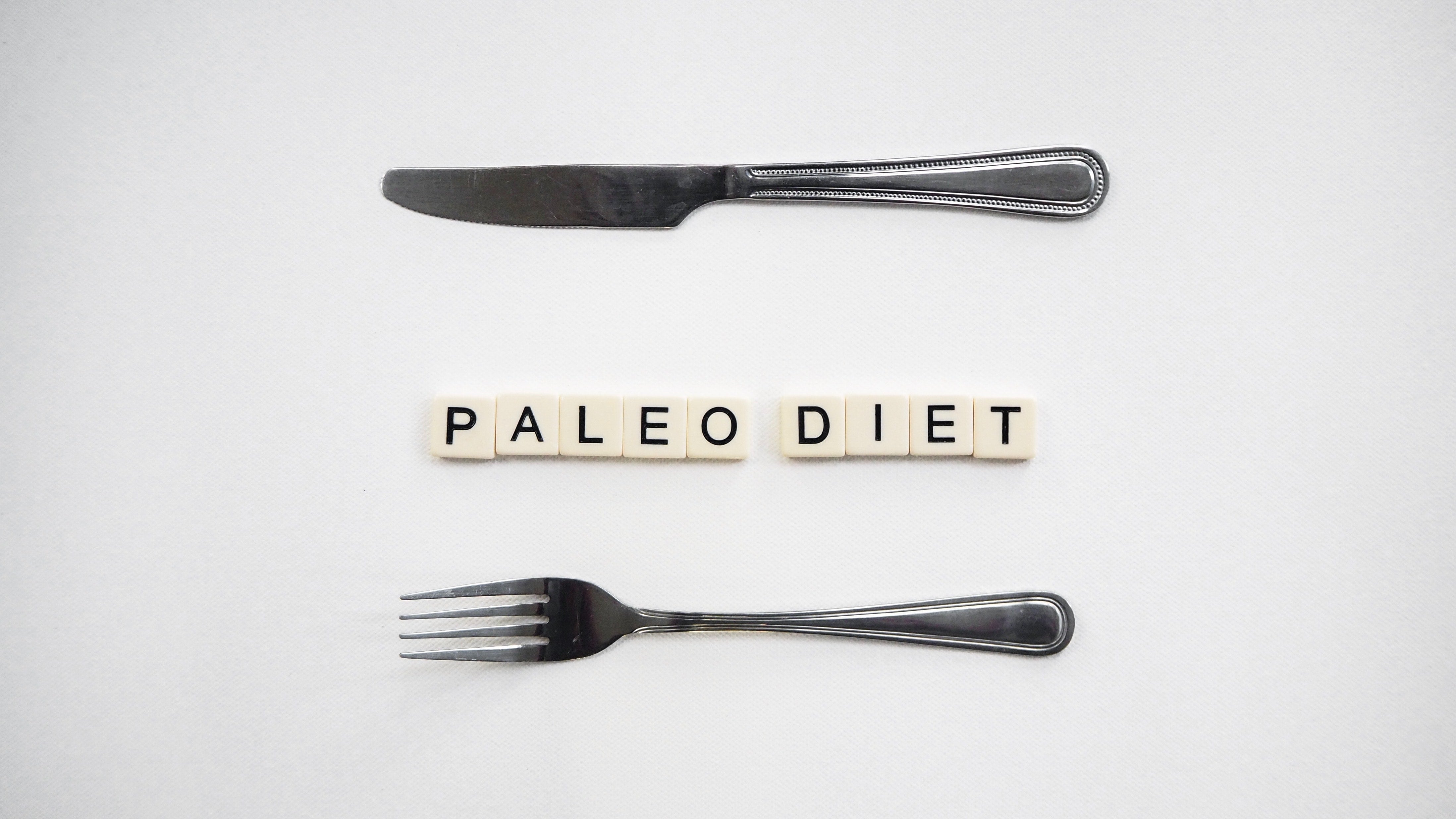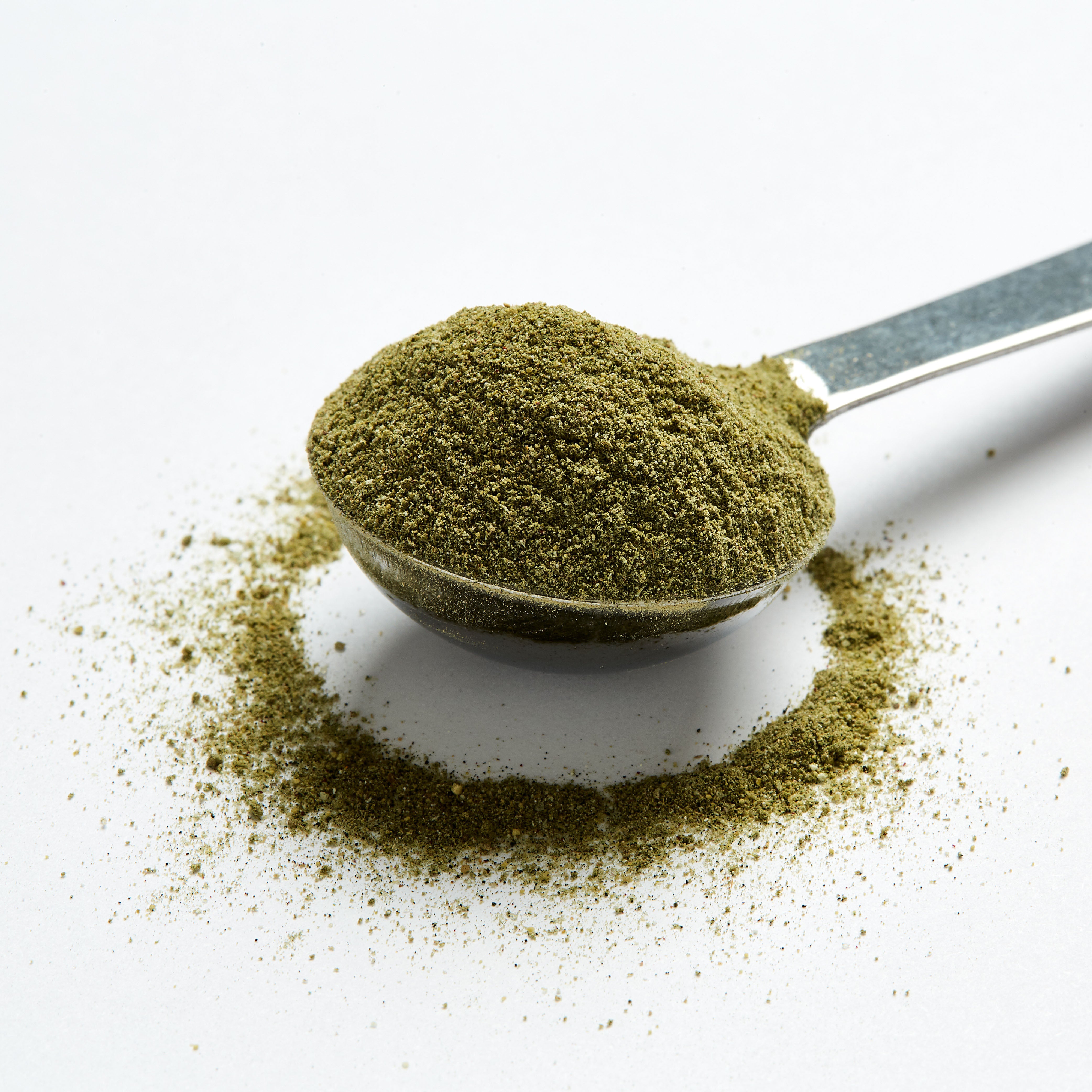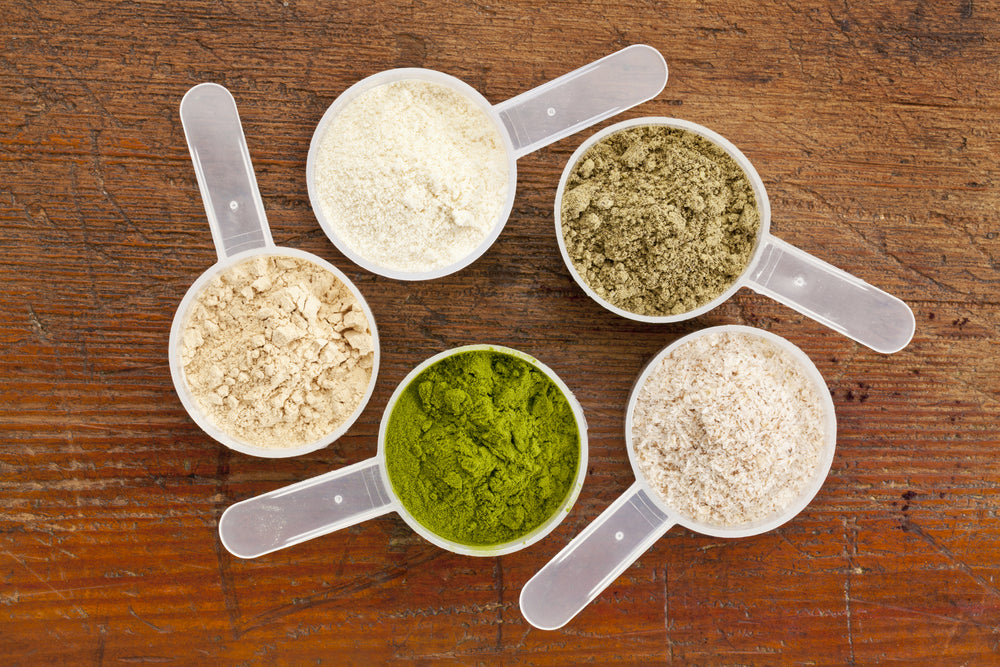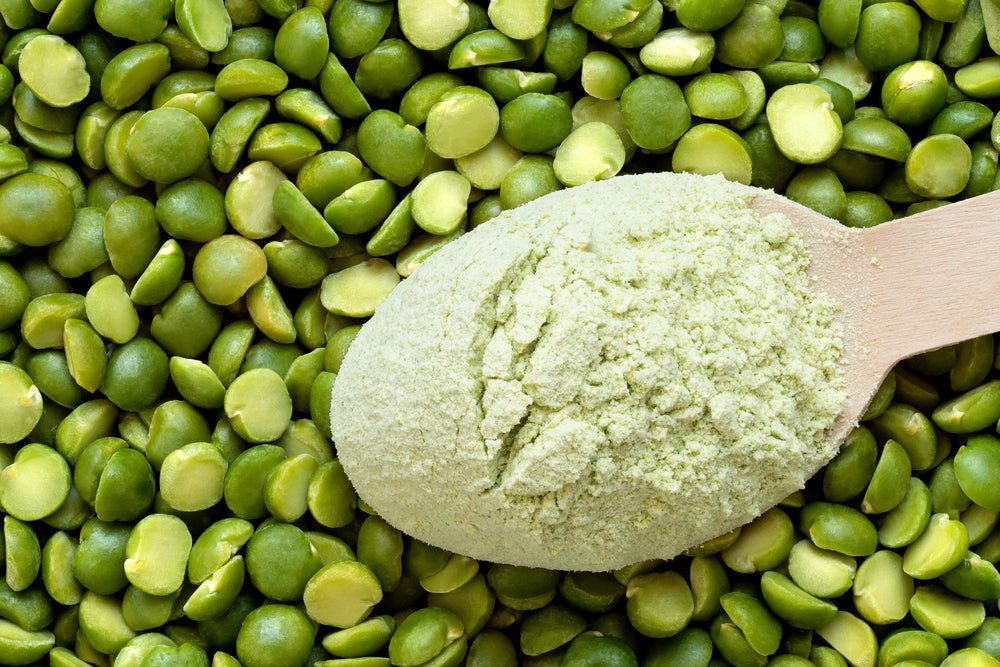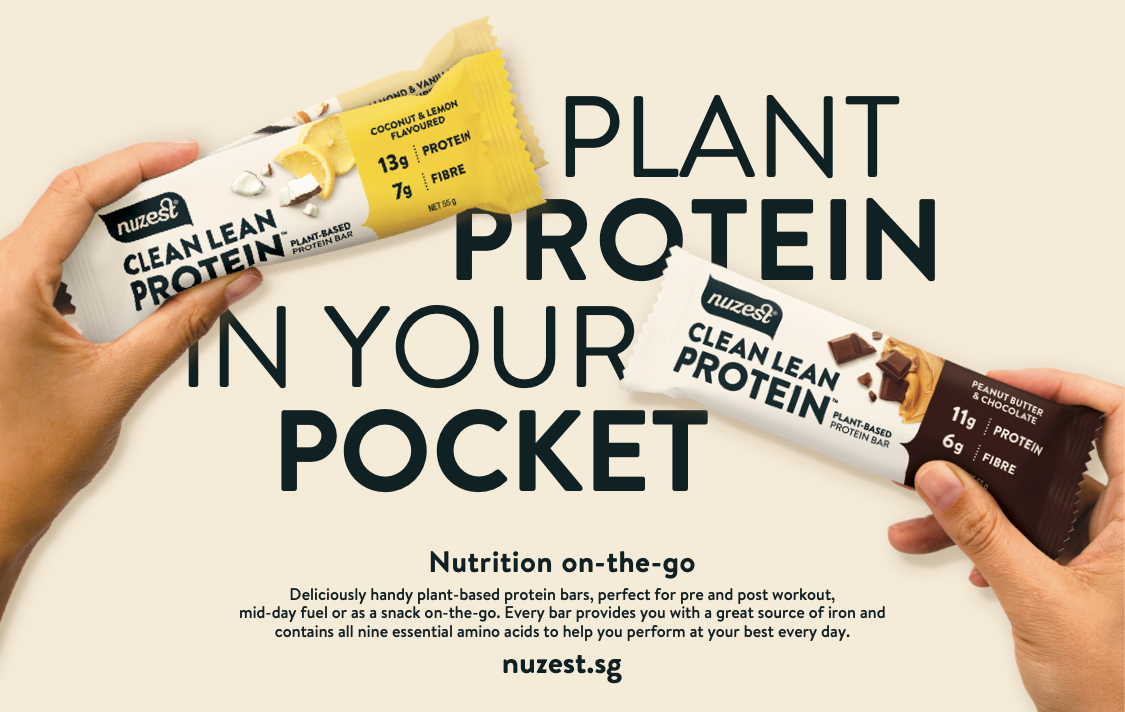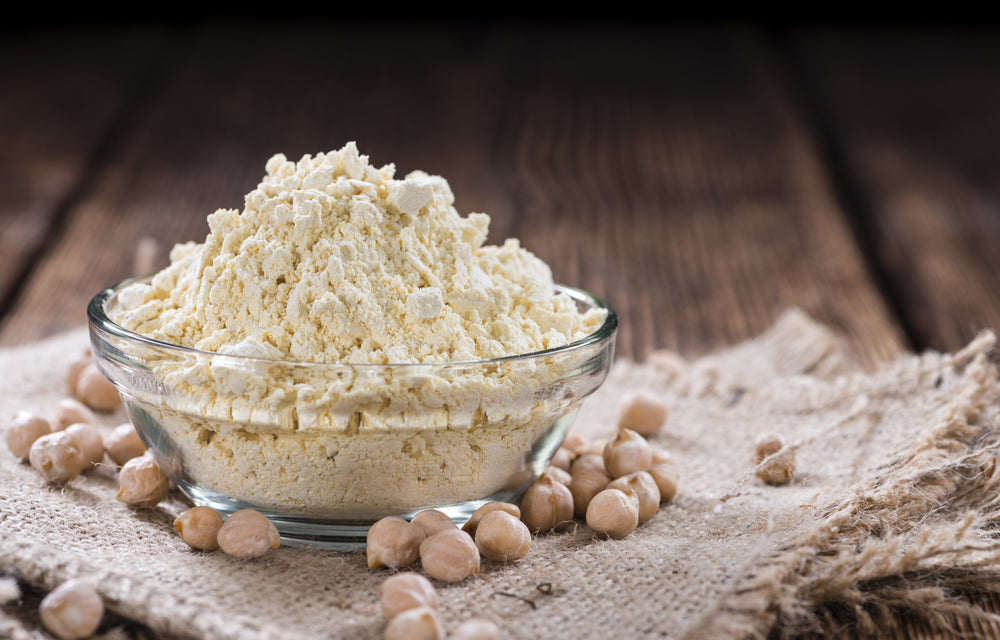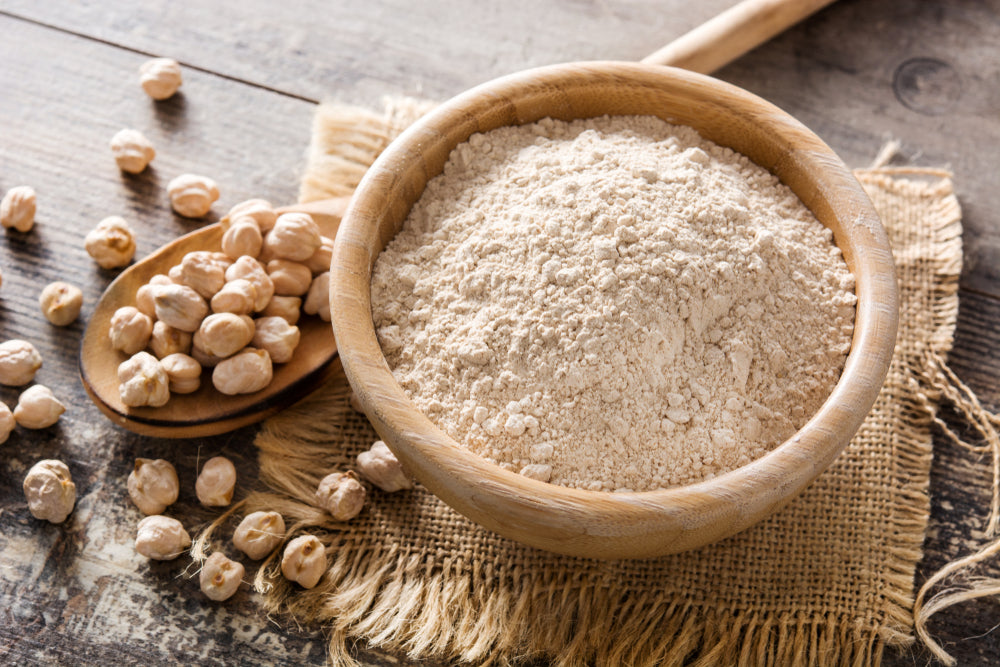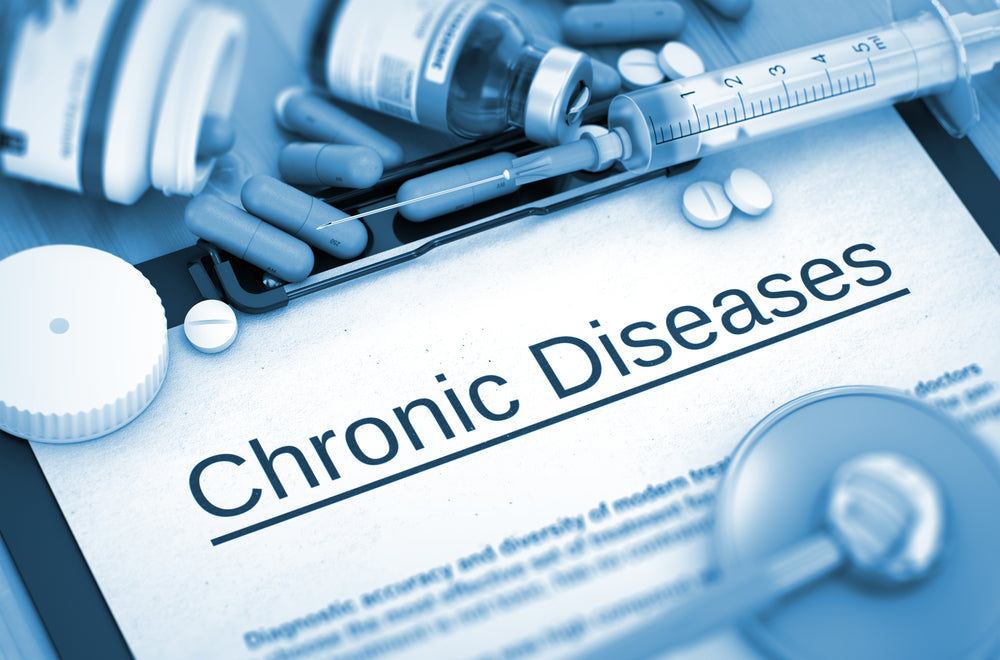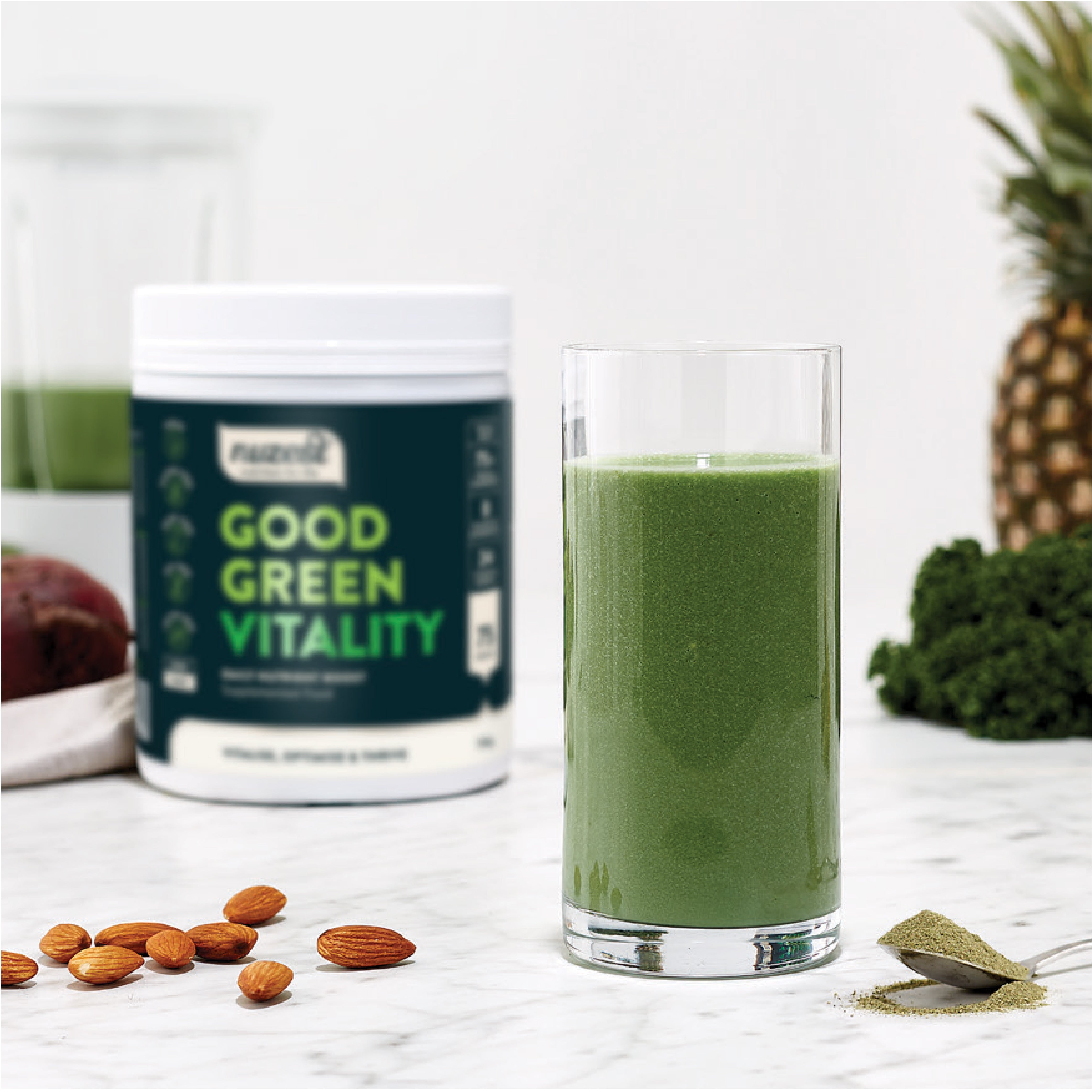Written by Kira Sutherland (Accredited Practicing Dietitian)
Growth and development are complex processes that require the right balance of nutrients. Accredited Practicing Dietitian, Kira Sutherland, discusses the important role of nutrition in childhood growth and development below.
Want a FREE Kids Good Stuff Sample - Click Here
Interestingly, by the time your child has reached primary school, their brain has developed more and at a faster rate than at any other point in their life. We often use the terms growth and development interchangeably when we talk about children growing up, however, they are each defined by different characteristics. Growth refers to a measurable increase in size, such as height and weight, whereas development refers to the acquiring of attitude, behaviours, and social skills. The third key milestone is maturation, which is the progression into adulthood at a set time and tempo, depending on gender and other individual determinants.1
The impact of poor nutrition on growth and development
Malnutrition in the form of not enough foods and nutrients consumed, or poor-quality food choices, can be detrimental to a child’s growth and development. Whilst commonly associated with developing nations, stunted and faltering growth due to malnutrition can occur in first-world nations too. Stunting may not only affect the physical attributes of a child but can also impact cognitive and neurodevelopment.1
The importance of good nutrition for growth and development
When children are of primary school age, they are developing cognitive, social, emotional and language skills, as well as fine and gross motor skills at a rapid rate. During this time, boys and girls will grow an average height of 30cm, and gain 34kg of weight,1 this is because the body is preparing to transition into pre-pubescents, pubescents and young adults. Accordingly, it is important that children receive the right nutrition over this time to fuel their growth and development.
Nutrients that are important for growth and development
The extended periods of growth and development that are associated with children of primary school and pubescent age, see with it a higher demand for nutrients than adults.1 Calcium, magnesium and protein are considered particularly important for childhood growth and development.
Want a FREE Kids Good Stuff Sample - Click Here
Calcium
When we think of structure, strength, teeth and bones, calcium is probably the number one mineral that springs to mind. During peak time of physical change, calcium is required to ensure bones mineralise or grow as we would expect them to, and that peak bone density (the optimal thickness and therefore strength of our bones) is achieved. This is vital to reduce the risk osteoporosis in the later stages of life.7
Dairy foods are often thought of first when we think of calcium; cheese, milks, and yogurt, but there are other excellent non-dairy based sources of calcium too. Poppy and sesame seeds, along with almonds and broccoli are good sources, as are oily fish such as sardines and salmon. In small children though, bones in fish may be a choking hazard, please use your discretion.
Magnesium
Many of us think about magnesium as being the muscle mineral, however, 50% of the body’s magnesium is found in the bones.5 The role that magnesium plays in the body is varied; being used in over 300 metabolic reactions that help our bodies produce energy from the foods we give it.4 Whilst magnesium is readily available in a lot of foods, many of them are foods which picky eaters may find challenging. These include spinach, pumpkin seeds, almonds and avocado. Kids Good Stuff may be a useful tool to have in your belt when it comes to picky eaters. One serve of Kids Good Stuff offers 15mg of magnesium, which equates to around a quarter of your child’s daily needs
Protein
Neither a vitamin nor mineral, protein is a macronutrient. Protein is often thought of when we think of body builders or big muscles. Due to the role that dietary protein plays in the remodelling and growth of the tissues used in muscles and bones, ensuring adequate dietary protein for children is essential.1 Good sources of dietary protein include; lean meats (beef, chicken, turkey), eggs, quinoa, amaranth and lentils.
So, what should we feed our kids?
When we think of a healthy diet for our children, we can draw from the Eat for Health - Dietary Guidelines for Australia.
- Children and young adults should eat enough nutritious foods to ensure growth and development occur at the correct rate - this of course should be adjusted to meet individual physical activity levels.
- A nutritious diet should consist of fresh, whole foods with a focus on vegetables, fruits, lean meats, fish and meat alternatives such as eggs and nuts. Children should also eat wholegrain cereals, as part of a balance diet, and dairy or dairy alternatives daily.
- Limit of processed, refined, high-sugar foods, and limit artificial flavours, colours and preservatives. Water should be the drink of choice, and children should be encouraged to drink water freely; other drinks such as fruit juice should be given sparingly.
References
- Smith, J., Holmes, M., and McAllister, M. (2015) Nutritional Considerations for performance in young athletes. Journal of Sports Medicine, 2015, 1-13
- Royal Childrens Hospital Melbourne. C2020 https://www.rch.org.au/childgrowth/about_child_growth/Growth_charts/
- de Onis, M & Branca, F (2016) Childhood stunting: a global perspective. Mat Child Nutr 12, Suppl. 1, 12–26.
- Drake V. Micronutrient Requirements of Children Ages 4 to 13 Years. Linus Pauling Inst. Oregon State University.c2010-2020
- NHMRC, Australian Government Department of Health and Ageing, New Zealand Ministry of Health. Nutrient Reference Values for Australia and New Zealand. (Revised Edition 1.2) Canberra: National Health and Medical Research Council; 2006
- Moore, D. Protein Metabolism in Active Youth: Not Just Little Adults. Exercise Sport Sci R 2019;47(1)29
- NHMRC. (2013). Eat for health: Australian Dietary Guidelines. Canberra: National Health and Medical Research Council. Retrieved from https://www.eatforhealth.gov.au/sites/default/files/content/n55_australian_dietary_guidelines.pdf.
Disclaimer: The information provided on Nuzest is for educational and informational purposes only. The information provided on this site is not, nor is it intended to be, a substitute for professional advice or care. Please speak to your qualified healthcare professional in the event that something you have read here raises questions or concerns regarding your health.







